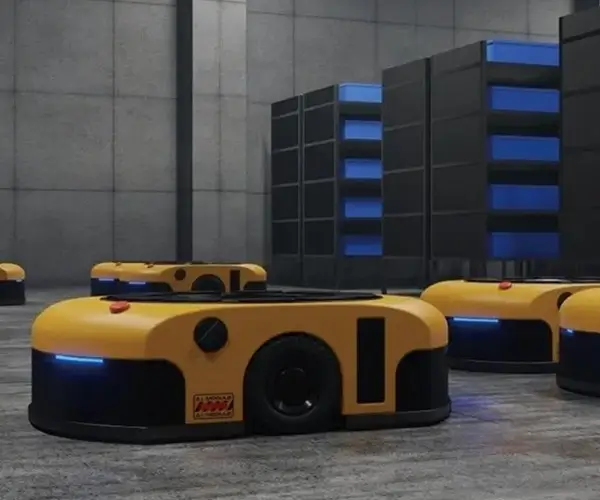Looking to breathe life into your projects? Imagine a tiny motor that can swing a full 180 degrees smoothly — sounds cool, right? That's where the servo motor shines. It’s like the muscle behind your robotic arm or camera slider, giving precise control over position and movement. No wonder it's become a go-to component in DIY tech and robotics scenes, especially when paired with something as friendly as an Arduino.

Picture this: you’re tinkering away in your workshop, and you want a servo to turn exactly where you tell it—say, for opening a mini door or adjusting a camera angle. Here’s the fun part — controlling it with Arduino code. With just a handful of lines, you can get that servo to do a flawless half-turn or a complete 180-degree sweep. It’s surprisingly simple, yet incredibly satisfying to see your code translate into real, smooth motion.
But wait, how does all this magic happen? Well, the servo motor has built-in feedback; it knows where it is at all times. You tell it a certain angle, and it’ll move right to that position. For the 180-degree servo, the code usually involves setting the angle value within that scope. It’s like giving directions — you say, “Turn to 90,” and it does it. When it reaches that position, it stops automatically; no need for you to micromanage its movements.
Actually, programming a servo with Arduino involves just a few lines of code. You import the servo library, attach the servo to a certain pin, and then command it with an angle. Easy, right? For example, you might write a loop that spins the servo back and forth between 0 and 180 degrees, creating a gentle oscillation. Or, embed it into a larger project—think of a robotic hand that opens and closes or a camera tilt system that keeps your shots steady.
Ever wonder about power needs? Yeah, servo motors like this are power-hungry compared to basic motors, but that’s part of the game. Make sure your power supply can handle it — most common Arduino setups are fine for small servos. And the firmware? It’s adaptable. If you want the servo to respond to sensor inputs or remote commands, it’s all just a matter of expanding your code.
Looking ahead, imagine integrating multiple servos into a robot arm, synchronizing their movements, or creating a complex choreography for a mini stage. The key is mastering that 180-degree control and understanding the code behind it. When you see your project move exactly as planned, that’s a moment of pure enjoyment.
What’s next? Perhaps customizing the timing or adding feedback mechanisms for even more precision. Or maybe connecting it with sensors for autonomous movement — possibilities are endless when you take control with just a few commands. The beauty of this setup is its versatility; it’s like the Swiss Army knife of motion control.
So, when it comes to choosing a servo motor capable of 180-degree movements, pairing it with the right Arduino code is a winning combo. It’s accessible, customizable, and a gateway into the exciting world of automation. Whether you’re just starting or already deep into your build, mastering this small but mighty component opens up a universe of creative projects.
Established in 2005, Kpower has been dedicated to a professional compact motion unit manufacturer, headquartered in Dongguan, Guangdong Province, China. Leveraging innovations in modular drive technology, Kpower integrates high-performance motors, precision reducers, and multi-protocol control systems to provide efficient and customized smart drive system solutions. Kpower has delivered professional drive system solutions to over 500 enterprise clients globally with products covering various fields such as Smart Home Systems, Automatic Electronics, Robotics, Precision Agriculture, Drones, and Industrial Automation.




































